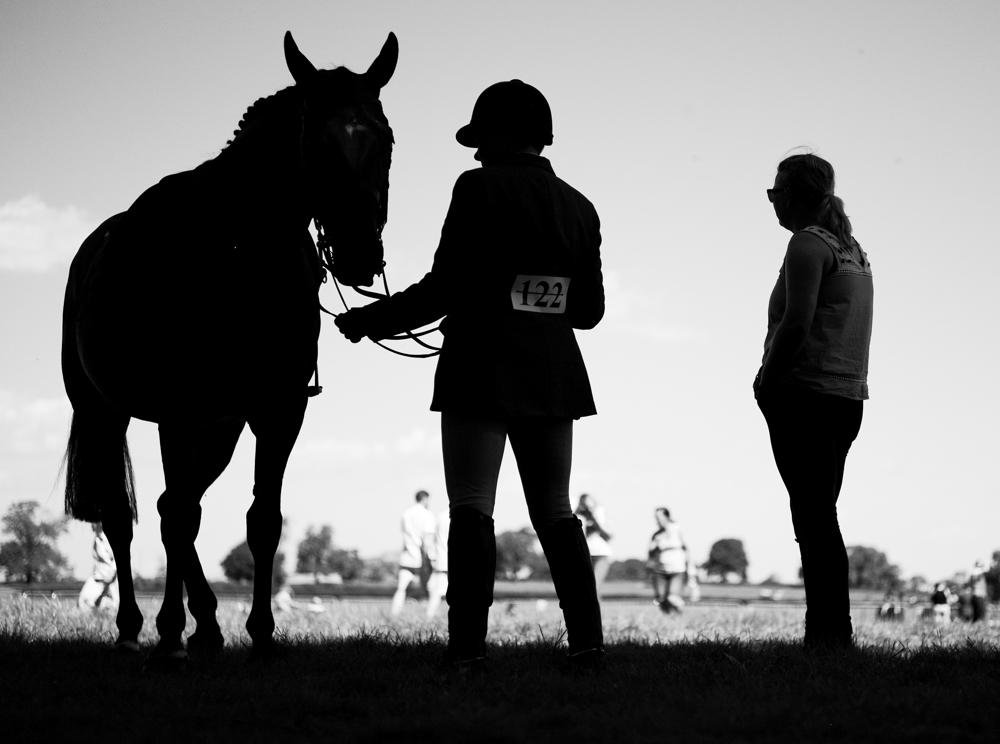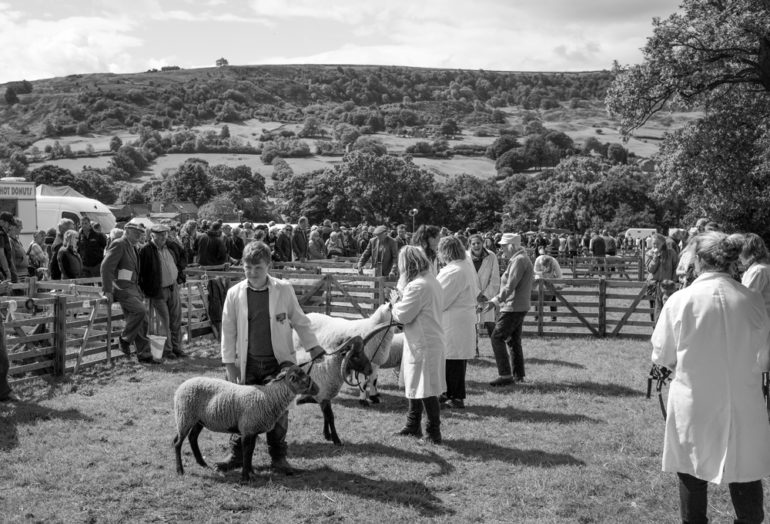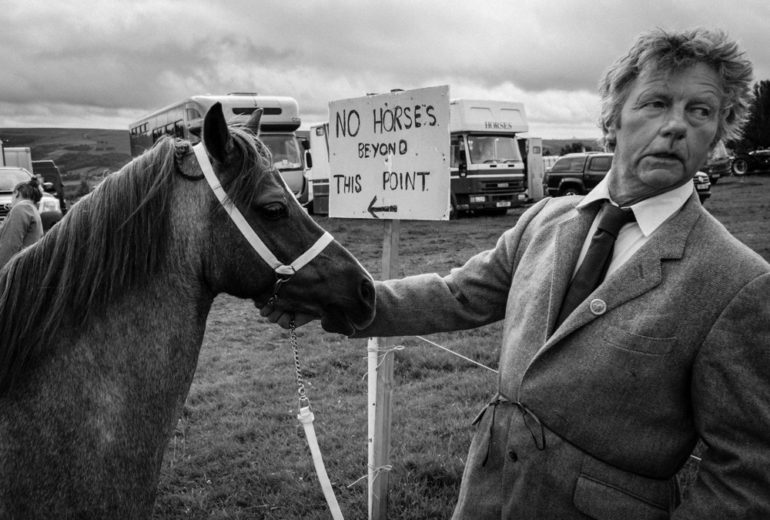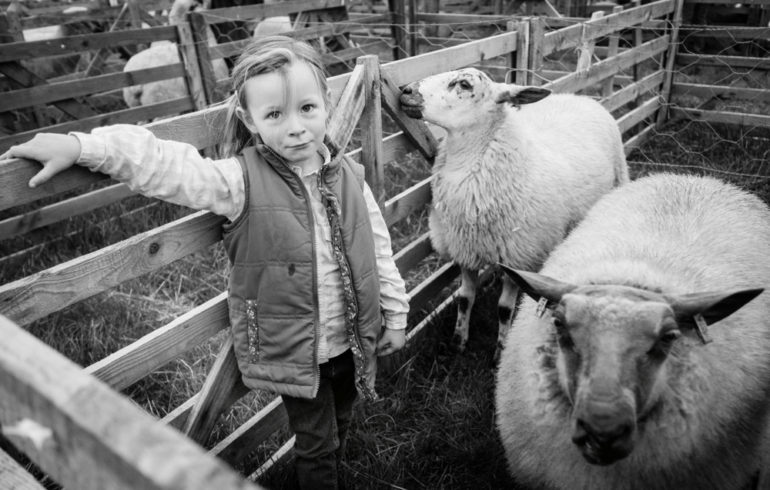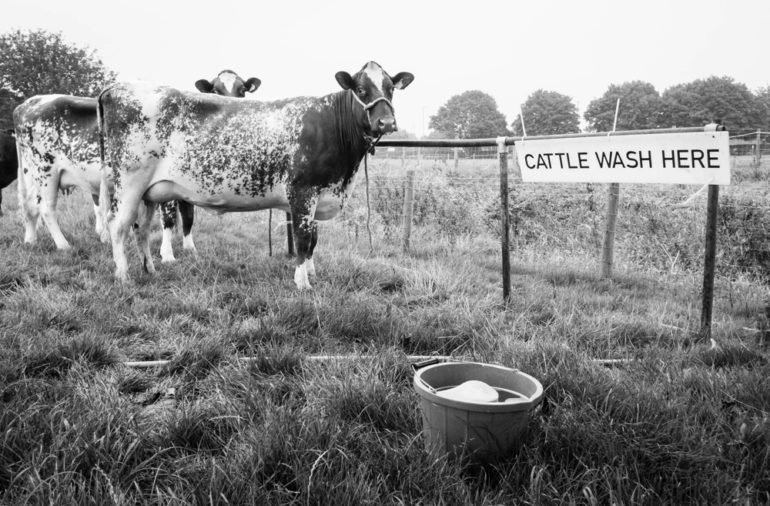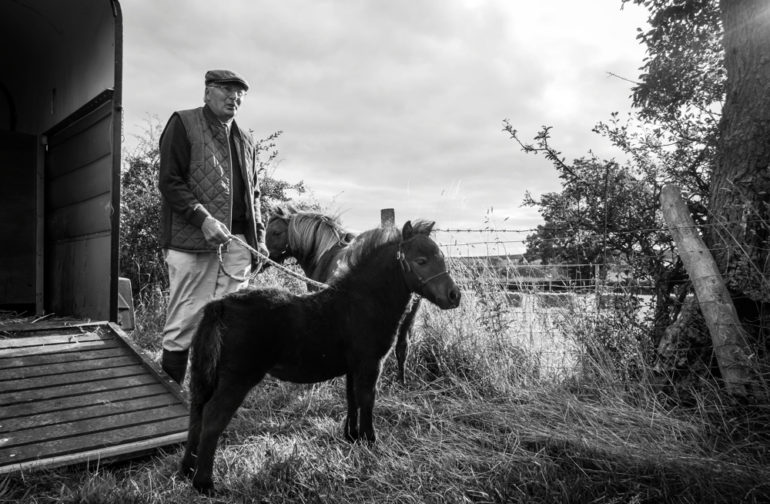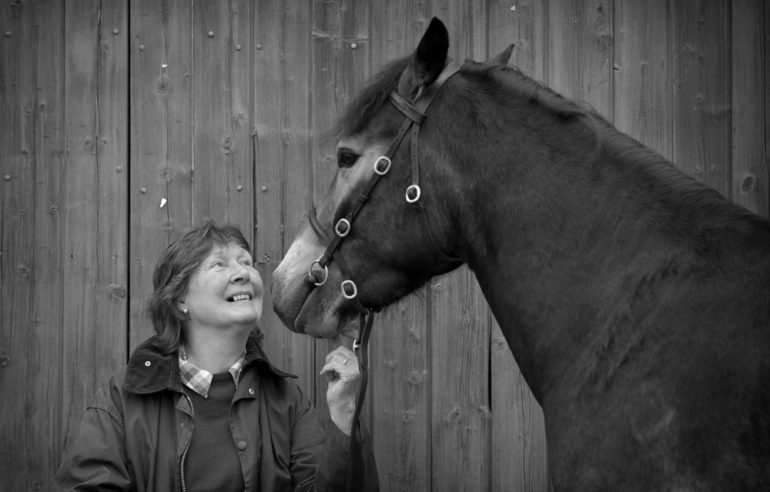Last Updated on 10/09/2017 by Chris Gampat
All images and text by Ian Forsyth. Used with permission.
It doesn’t matter if you take quick snaps on an iphone or carry around the latest Nikon or whatever. Taking pictures is what it’s all about but also remember to value your work. If you don’t, who will? I’m not saying it’s all about money but don’t be afraid to charge for your work if making a living is what you’re trying to do. A byline only agreement doesn’t pay a food bill. Retain your copyright! It’s your work so don’t give it away. Respect who you shoot whoever they are and be responsible with your work. At the same time enjoy it! Being a photographer is an amazing thing! It can be expensive, frustrating, annoying at times, sometimes unrewarding and it can be demoralising and takes over all aspects of your life…but it’s still the best job in the world!
I’m a freelance documentary photographer based in Saltburn by the Sea on the north east coast of England. I work mainly as a stringer photographer for Getty Images covering features and news in my area but I also shoot personal projects as well as the occasional corporate commission or local newspaper shift.
I use Fuji X Pro 2 and Leica M9 cameras for my work. I have two Fuji X Pro 2’s. One is fitted with a 16mm f1.4 and the other with a 50-140 f2.8. I also have a 35mm f2 lens for the Fuji. I have two Leica M9’s that are fitted with a 35mm f2 and a 50mm f2. Both Summicrons. I don’t use flash and rely on natural light wherever possible although I do carry a small video LED light that can be used to light a portrait if needed. I also have a Leica M2 fitted with a Voigtlander color-skopar 35mm that I use occasionally to shoot Kodak Tri X film on some of my own projects. I have a 2x converter for my Fuji 50-140 to give me a little more reach if needed and a small and compact monopod for supporting the longer lens or for a high-vantage viewpoint on my wider lens.
I shoot very much as an observer with the vast majority of my pictures shot as they happen and without any interference from me. Obviously with some portraits then it’s a necessity to interact and pose the picture to a degree but working with the unplanned and ‘as it happens’ is an approach I’m always keen to maintain. This adds an extra level of difficulty at times but I think it’s important to maintain that integrity with the picture especially if they’re ultimately going to be seen in a news context. Accuracy is essential.
I got into photography when I was in the Army. I served 22-years in the British Army. During the many operational tours or exercises and trips I did throughout that time I always shot a few pictures. Nothing serious at first but gradually my interest became stronger. Along with this I used to see the magazines that came with the Sunday papers and the other strong news pictures in the newspapers. Along with this and magazines I remember reading when I was younger such as National Geographic – which I still subscribe to today and Life magazine and copies of Picture Post etc my fascination with this kind of documentary image grew.
It became so strong that I made a big decision to change career within the army and after re-training on an intensive course I became an army photographer for the last 6 years of my 22-year career. In this role I travelled to various locations around the UK and abroad such as Iraq, Afghanistan and Kenya taking pictures for the army that were distributed to the wider press and news organisations. As an army photographer we were also responsible for photographing homecoming parades, repatriations such as those to the RAF bases at Brize Norton and Lyneham and the village of Wootton Basset as well as exercises, sporting events, formal portraits and VIP visits – so it was a very varied experience and definitely benefitted me as a photographer.
I’m influenced by any photographer whose work I see that makes me stop and go “Wow! That’s a great picture!”. Photographers such as Robert Doisneau, Tom Stoddart, Larry Burrows, Jane Bown, Don McCullin, Alfred Eisenstaedt, W Eugene Smith and Sean Smith are just some. It could be a long list! But also there is plenty of work out there right now by my contemporaries who are shooting all kinds of jobs that regularly stop me in my tracks and offers endless inspiration.
I’ve been shooting for around twenty years or so but professionally around 12 and I’ve been freelance since 2011/12.
Photography is my passion. My way of life. I can’t think of anything else that I enjoy doing as much as taking pictures. Sometimes you look at life as a freelance covering the type of subjects I do and you question why you do it! I mean let’s be honest, the money isn’t great! It’s stressful, as a freelance you live with uncertainty and financial worry every day, you can go days or sometimes weeks without any work coming in. You sacrifice parts of you personal life, some friendships can be neglected and you have no idea what tomorrow might bring but apart from this it’s the most rewarding and fulfilling job there is. As a documentary photographer my overriding aim is to record the events that I shoot to give people a chance to see or experience or inform them about something. It brings great rewards as a photographer and also great responsibility.
I’m definitely more of a ‘documenter’. The nature of working in the news and feature side of things means that you have to document. Honesty and integrity of the pictures is paramount. The pictures have to give an accurate reflection of an event if at all possible.
Depending on the job I’m shooting my process might be slightly different. If I’m covering a political rally for example then I will have an idea of some of the pictures that I need to shoot that might illustrate that event with one single picture. Although I will shoot different angles and viewpoints as well as shooting tight and wide and a whole range of shots to try and cover the event as best as possible. I’ll also shoot details or maybe a bit of humour or something a little more ‘out of the box’ if I can although I don’t deliberately go out of my way to make anyone, politicians in this instance, look foolish on purpose. I treat everyone the same and show some respect to them even if I don’t agree with them. You have to be fair across the board. I’m not there to photograph my opinion of someone I’m there to record the event. Personal politics shouldn’t come into it.
If I’m shooting more of my work on country shows or a rally or whatever then I go into the shoot with a very open mind and try and leave myself open to what happens on the day. I will walk around wherever I’m shooting and simply shoot what I see. Of course you try and preempt and visualise a scene that might happen as you walk around so that you’re aware of it and hopefully in a position to take a picture if you can. But it’s a very free way of shooting but brings added uncertainty which can in turn add a little pressure but you get used to it and it goes without saying that you need to be on your game technically so you adjust your camera as you go so you’re ready to shoot and you’re always aware of what the light is doing.
The approach with my kit has always been the same for a number of years. I work quite fast and as such I travel as light as I can if the job allows. Carrying minimum kit in a couple of Domke pouches on a belt around my waist and two or possibly three cameras. I shoot mainly with prime lenses and only have one zoom lens so a typical news-type set up for me might be with one of the Fuji’s with the 16mm around me neck. Also around my neck would be one of my M9’s with the 50mm and the other Fuji with the 50-140 would be over my shoulder. This gives me good lens coverage and even though there are three cameras it is a light set-up and can be carried – and ran with – for the day.
My processing techniques are all very standard. I download to my Macbook pro (although occasionally I’ll edit on my ipad) then I’ll select the pictures to edit and do my re-naming and caption information in Photo Mechanic before editing in either Photoshop or Lightroom before transmitting using either a MiFi dongle or my phone depending on the signal strength. My editing is always done within tight guidelines. Both self imposed and (news) industry accepted standards to maintain the integrity of the picture. I shoot jpeg for all my work and I always archive each job onto two separate Lacie rugged hard drives at the end of the day.
The pictures I’ve included here show some of my pictures from a long term project I’ve been working on over several years on country Shows in North Yorkshire. As in many counties across the UK many small villages and towns in Yorkshire hold these shows each year. It’s a traditional show that originally started as a means for local farmers to get together to buy and sell livestock or produce and for their farm hands to socialise for the day away from the hard daily work of the farm. It’s gradually changed over the years and many now incorporate various class of animal or livestock that are judged. It also offers different classes of horse events as well as many displaying vintage tractors, farm machinery and horticulture. They remain a popular gathering within the local community attracting visitors from further afield.
I began this project almost by accident as I was attending several throughout the season and before long I had a set of pictures from the shows and wanted to do something with them. As a documentary photographer I thought that it was important to make a record of this stage of the country show heritage. Many struggle to find the finances to keep going each year and so it might be inevitable that some can’t continue and if that becomes the case then at least there will be some kind of photographic record from them. I was fortunate to have a book published last year called, ‘The Country Shows of North Yorkshire’ which was an interesting experience and as the show season gathers momentum once again this year my archive of pictures grows all the time so the next step might be to try and arrange an exhibition somewhere? But I’ll see where it goes.
As I mentioned the early and current documentary photographers provide endless inspiration. The idea that I can add to the wider understanding of events is something I really enjoy and take pride in. It might be a small country show in the middle of North Yorkshire or a political event on the election campaign or from earlier on my career a firefight in Afghanistan all are important to document.
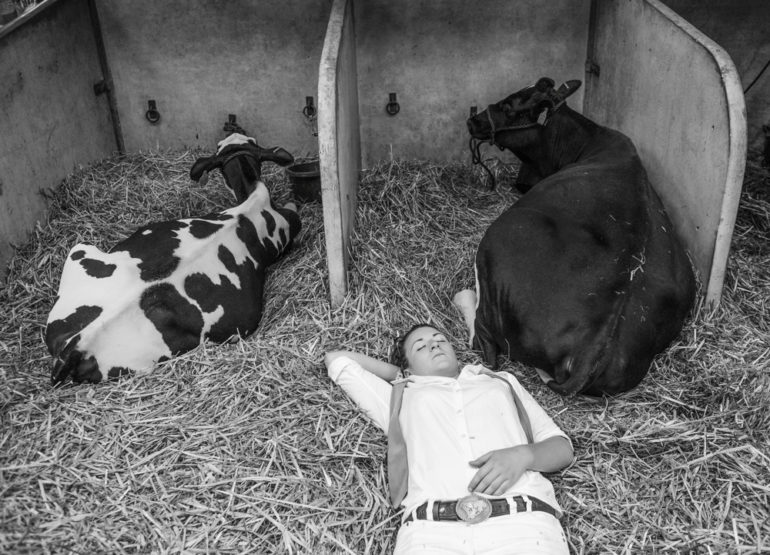
Photographer: Ian Forsyth
Copyright Ian Forsyth/Getty Images
No usage with out permission.
These images are not orphan works
The kit I use helps my because it’s light and it’s unobtrusive. The Fuji gear performs really well in bad weather and the jpeg quality is very good and it’s all quite simple to use. Photography, the technical part at least is all pretty easy to learn – it’s all the rest of the stuff that can be difficult so having cameras that are instinctive and simple helps. Helps me anyway. The Leica’s are a challenge at times with limitations to what they can achieve, especially with the ISO but I enjoy the fact that everything is stripped back. It simplifies the way I approach my work and the cameras have to work for me. My Leica’s definitely don’t sit on a shelf looking pretty! They get used and used hard. They are a tool of work at the end of the day and if it gives me a different type of picture that might grab the attention of an editor or picture desk and gets used in a publication then I’m happy with that.
The motivation to shoot comes from many different areas. It comes from the need to try and get better and better pictures. This is something that is quite addictive. Once you get one you want more and more. Motivation comes from seeing the work of your contemporaries and realising that there is still so much to do. It comes from the need to show events and subjects to people who might not be aware of them or understand them so that you can add in some small way to their understanding. It comes from the picture desk who will soon be onto you if you don’t perform or let things slide and it comes from the bank account! Working as a freelance brings financial challenges which to say the least encourages you to shoot pictures while still trying to maintain control over what you want to shoot.
Mainly though I think it comes from a passion for photography. A love for a process that let’s you go places and see things that otherwise you might never get to see. If you didn’t have that passion, especially when involved in a long-term project which by its very nature takes time and commitment to keep going with it then all the other stuff would break you in the end I think.
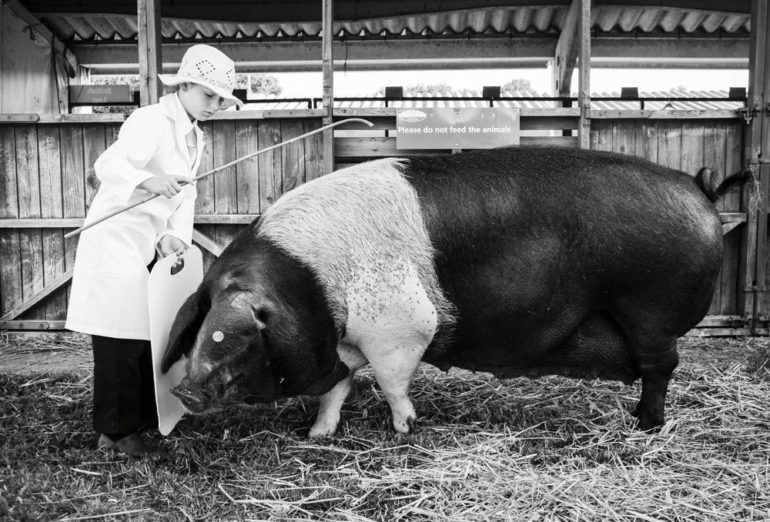
Photographer: Ian Forsyth
Copyright Ian Forsyth/Getty Images
No usage with out permission.
These images are not orphan works


